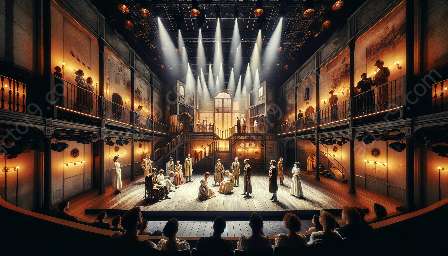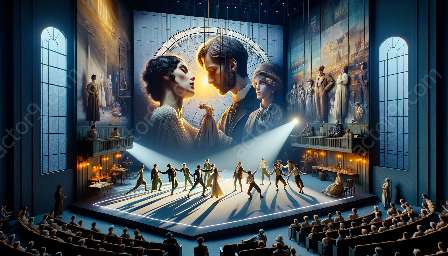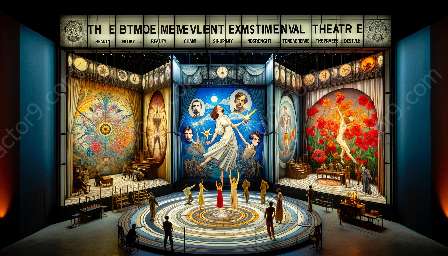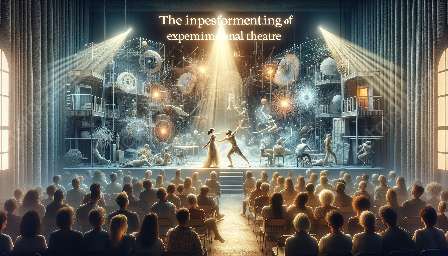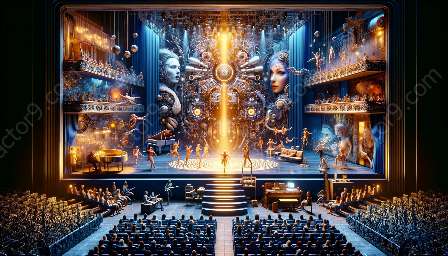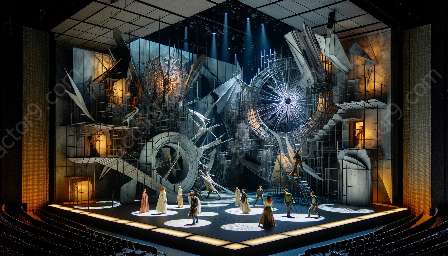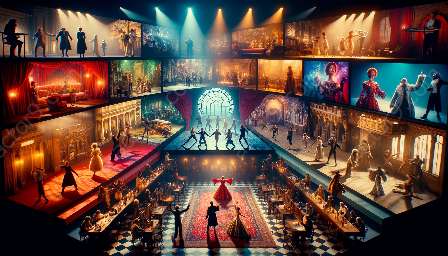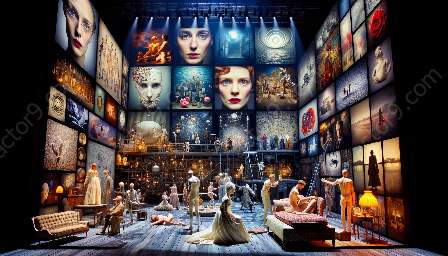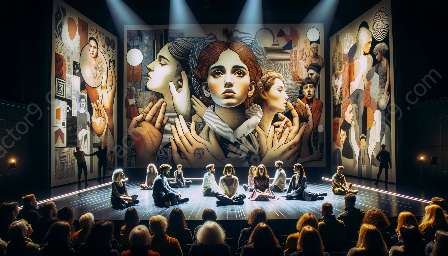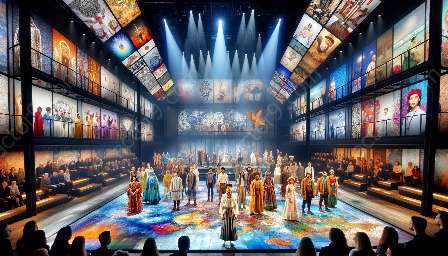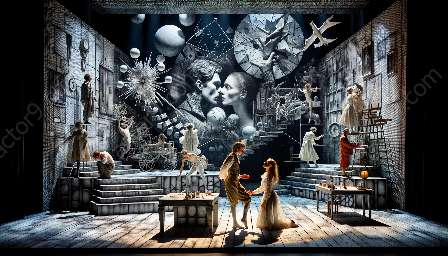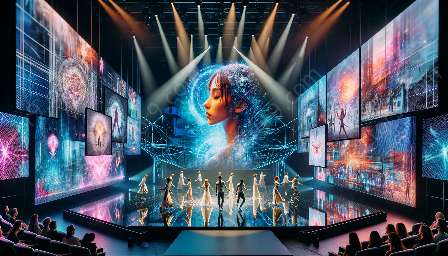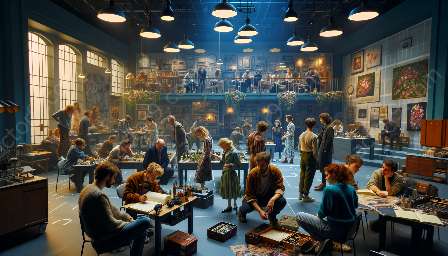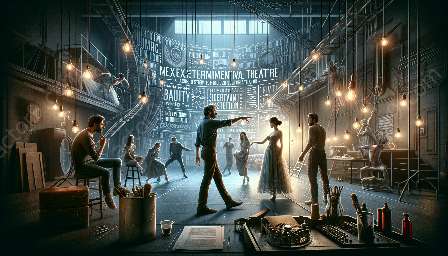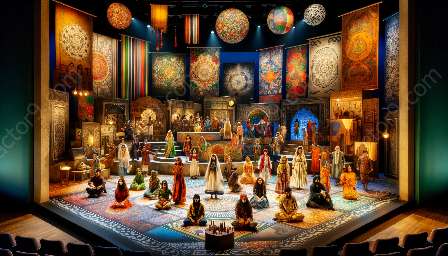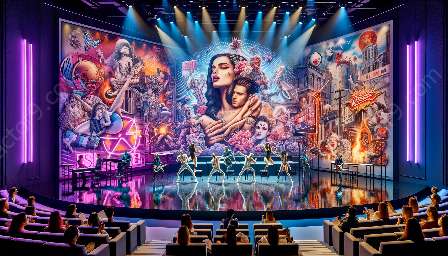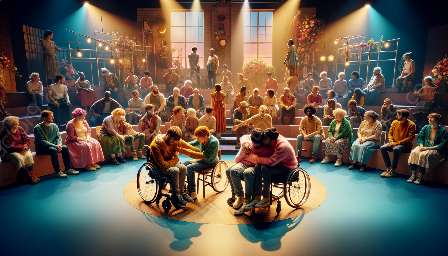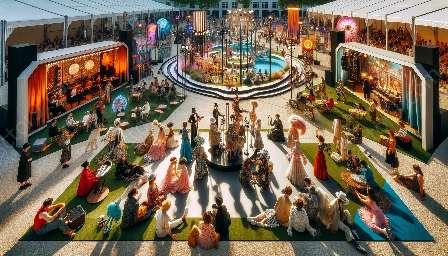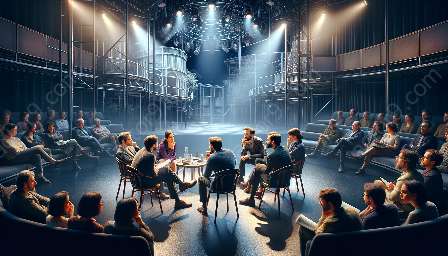Experimental theatre is a dynamic and innovative form of performance art that pushes boundaries and challenges traditional norms. In recent years, there has been a growing focus on the integration of cultural diversity and inclusivity within the realm of experimental theatre. This shift has brought about a transformation in the way experimental theatre is created, performed, and received.
The Intersection of Cultural Diversity and Inclusivity in Experimental Theatre
Experimental theatre provides a powerful platform for exploring and celebrating cultural diversity and inclusivity. It allows for the portrayal of diverse stories, experiences, and perspectives that may not always be represented in mainstream theatre. Through experimental techniques, such as non-linear narratives, physical theatre, and immersive experiences, artists can engage audiences in thought-provoking explorations of cultural identities and social dynamics.
Challenging Traditional Narratives
One of the key aspects of experimental theatre is its ability to challenge traditional narratives and offer alternative viewpoints. By embracing cultural diversity and inclusivity, experimental theatre invites artists to deconstruct stereotypes, confront societal norms, and amplify marginalized voices. This approach encourages audiences to confront their own biases and expand their understanding of different cultures and communities.
Exploring New Forms of Storytelling
Inclusive experimental theatre opens the door to new forms of storytelling that reflect the complexity and richness of diverse cultures. It embraces innovative performance techniques, multimedia elements, and collaborative processes that honor the multiplicity of human experiences. Through experimental approaches, artists can create immersive environments that invite audiences to engage with and reflect on the interconnectedness of cultural diversity.
Empowering Underrepresented Artists
Cultural diversity and inclusivity in experimental theatre provide opportunities for underrepresented artists to share their perspectives and contribute to the evolution of the art form. By fostering a supportive and inclusive creative environment, experimental theatre can empower artists from diverse backgrounds, including those from marginalized communities, whose voices are often underrepresented in traditional theatrical spaces.
Creating Dialogue and Social Change
Experimental theatre serves as a catalyst for important conversations about equity, inclusivity, and social justice. By presenting diverse narratives and challenging established norms, experimental theatre can spark dialogue and inspire positive societal change. It has the potential to influence audiences to question prevailing attitudes and advocate for a more inclusive and equitable society.
Embracing Intersectionality and Collaboration
Inclusive experimental theatre emphasizes intersectionality and collaboration, recognizing the interconnected nature of cultural diversity and inclusive practices. It encourages artists to work across disciplines, engage with diverse communities, and explore the overlapping experiences of individuals from different cultural backgrounds. This collaborative approach enriches the artistic process and fosters authentic representations of inclusivity.
Conclusion
The integration of cultural diversity and inclusivity in experimental theatre offers a dynamic and transformative approach to artistic expression. By embracing diverse perspectives, challenging norms, and amplifying underrepresented voices, experimental theatre has the potential to be a catalyst for social change and a celebration of the rich tapestry of human experience.

